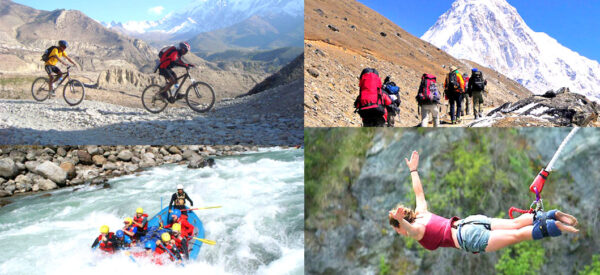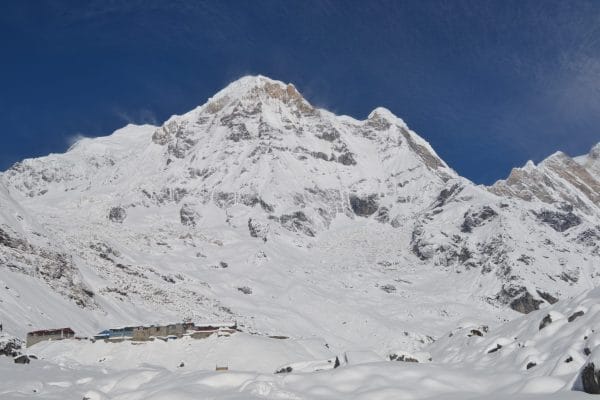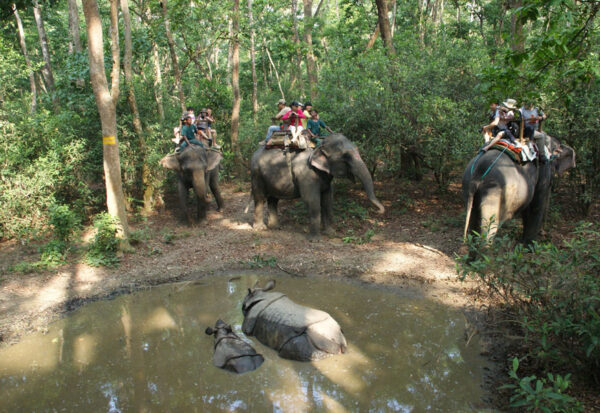Mount Everest Advanced Base Camp

1. What is Mount Everest Advanced Base Camp?
Mount Everest Advanced Base Camp (ABC) in Tibet is the highest trekking point accessible to non-climbers, offering unparalleled views of the north face of Mount Everest.
Known for its remoteness and unique terrain, the ABC Everest trek provides a closer glimpse of the mountain’s rugged beauty.
“ABC is not just another base camp—it’s a step into Everest’s raw and isolated wilderness, ideal for seasoned trekkers.”
2. Why Choose Tibet’s Advanced Base Camp?
Trekking to Everest Advanced Base Camp in Tibet offers a distinct experience compared to the South Base Camp in Nepal:
| Feature | Advanced Base Camp (Tibet) | South Base Camp (Nepal) |
|---|---|---|
| Altitude | 6,400 meters | 5,364 meters |
| Trekking Difficulty | High due to altitude and rugged terrain | Moderate to High |
| View of Everest | North Face | South Face |
| Main Attractions | Remote, fewer trekkers, Tibetan monasteries | More developed, cultural villages |
| Popular Route | Rongbuk Monastery to ABC | Lukla to EBC |
Both routes provide spectacular views, but ABC Everest trek in Tibet offers a more secluded experience and a close-up of Everest’s towering north face.
3. Trek Routes to Advanced Base Camp

Get your Guide To Know about the Permits
The Everest trek route begins at Rongbuk Monastery, the highest monastery in the world, situated close to the Tibet Base Camp.
Trekkers gradually ascend through intermediate camps before reaching Advanced Base Camp.
| Camp | Altitude | Description |
|---|---|---|
| Rongbuk Monastery | 5,100 meters | Starting point for ABC trek |
| Interim Camp | 5,800 meters | Acclimatization stop |
| Mount Everest ABC | 6,400 meters | Final destination, highest point |
“The route to ABC includes stops at Interim Camp, helping trekkers acclimatize and adapt to high-altitude conditions.”
4. Detailed Comparison: North Everest Base Camp vs. South Base Camp
The choice between the North Base Camp in Tibet and the South Base Camp in Nepal often depends on personal trekking experience and the desire for a remote adventure.
- North Everest Base Camp (Tibet): Known for its harsh conditions, higher altitude, and incredible views of Everest’s north face.
- South Everest Base Camp (Nepal): Offers a more social trek with villages, lodges, and bustling trekking culture.
Each base camp has unique characteristics, but Mount Everest Advanced Base Camp (ABC) stands out for its rugged beauty and seclusion.
5. Essentials for the ABC Trek
Preparing for the ABC Everest trek is critical, as the journey is demanding and requires advanced trekking gear and acclimatization. Here’s a list of essentials:
- Permits: Tibet Travel Permit and Alien Travel Permit are required.
- Fitness Level: High endurance is necessary, as the trek reaches altitudes over 6,000 meters.
- Gear: Cold-weather gear, high-altitude boots, and trekking poles are essential.
- Guides: Hiring an experienced guide familiar with Tibetan regulations and the high-altitude terrain is recommended.
“The trek to ABC is demanding but ultimately rewarding, offering trekkers a closer look at the less-explored northern slopes of Everest.”
FAQs
How long does it take to trek to Mount Everest Advanced Base Camp?
The trek typically takes 12-14 days, allowing for acclimatization stops along the way.
What is the best time for the ABC trek?
The ideal months are April to May and September to October when weather conditions are most favorable.
Do I need previous trekking experience for ABC?
Yes, due to high altitude and challenging terrain, previous high-altitude trekking experience is highly recommended.
Can I visit both North and South Base Camps?
Yes, some trekkers visit both camps for a complete experience, but it requires separate permits and planning.
RELATED TRIPS
Adventure Nepal Tour
Embark on an unforgettable Adventure Nepal Tour, where thrilling activities await in the breathtaking landscapes of the Himalayas. Experience...
5 Day Everest View Trek: Unforgettable Journey into the Himalayas
Enjoy the breathtaking beauty of the 5-Day Everest View Trek, with stunning mountain vistas blending with the richness of...
Annapurna Base Camp Trek
Embark on a unique trek that takes you past lush green forests, picturesque villages and terraced farmlands overlooking glacier...
All Nepal Tour
Nepal Tour Guide's All Nepal Tour covers the highlighted places like Bandipur, Palpa, Pokhara, Chitwan and Lumbini, and is...






